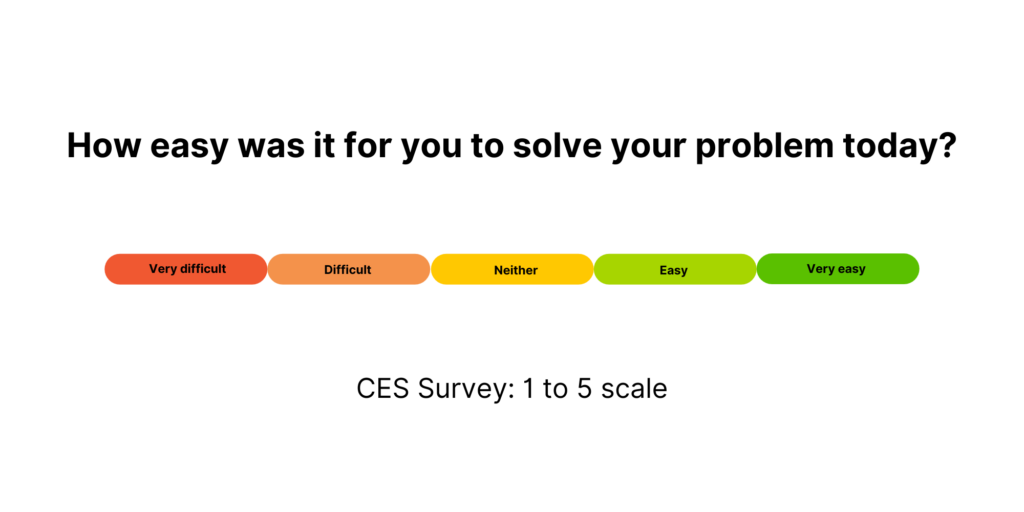Satisfied customers stay loyal, recommend products or services to others, and thus make a significant contribution to a company’s growth. In this blog post, you will learn about several strategies and approaches you can use to increase customer satisfaction and promote long-term success.
1. A customer-centric corporate culture
Before enterprises can successfully apply other measures and strategies, they must lay a proper foundation. This means promoting a holistic, customer-centric corporate culture. Employees in all areas must be aware that the customer experience is not just the responsibility of customer support or customer success management. Rather, it is a responsibility shared by everyone in the entire company – whether in production or in marketing and sales.
Training and workshops can strengthen awareness of the importance of customer satisfaction and empower employees to proactively respond to customer needs. For this, it is essential to continuously evaluate customer requirements and to openly communicate these findings internally. This ensures that the various departments can use this information as a guide and adjust their objectives.
2. Effective communication across all channels
Clear and transparent communication is a critical factor in increasing customer satisfaction. A well-structured website with easy-to-understand information, clear product descriptions, and transparent pricing are just a few examples. Communication should also be consistent across all channels, from social media to emails. This helps create a coherent brand that customers can immediately recognize and understand.
Service quality also plays a decisive role here: Friendly, competent employees who respond quickly to inquiries and take customer problems seriously are vital to ensuring a positive customer journey.
But how can businesses evaluate how effectively they communicate? The Customer Effort Score (CES) is a useful indicator. It reflects customers’ effort to use a product or service, find relevant information, or solve a problem. In practice, a survey question could look like this:
How easy was it for you to find the product information you needed on our website?
The respondents rate their experience on a scale, e.g., one ranging from 1 = very difficult to 5 = very easy. The CES is then calculated as follows:
Number of positive ratings/number of all ratings * 100 = Customer Effort Score in percent

3. Obtain and use customer feedback
Another effective way to increase customer satisfaction is to leverage customer feedback. It can be obtained through surveys, reviews, or direct conversations. The Customer Satisfaction Score (CSAT) is a good first indicator here. Frequently, customers are asked to rate their satisfaction on a scale from 1 = wholly dissatisfied to 10 = completely satisfied. The CSAT is then calculated the same way as the CES:
Number of positive ratings/number of all ratings * 100 = Customer Satisfaction Score in percent

Beyond collecting feedback and tracking indicators such as CES or CSAT scores, it is essential to use the gained information constructively. Companies must respond to customer reviews, identify weaknesses, and actively take measures to improve.
What are US consumers’ shopping preferences in 2023? – Find all the answers here!
4. Personalization of products and services
Personalizing products and services also significantly contributes to improving customer satisfaction and loyalty. Customers appreciate feeling that their individual needs are being taken into account. In practice, this can range from personalized recommendations to tailor-made products. Data analysis and customer segmentation are crucial tools for this approach: They enable businesses to understand the needs of different target groups – and to effectively respond to them.
5. Effective complaint management
Support requests and negative feedback are unavoidable. However, they are also opportunities to reactivate and strengthen trust in the company in the long term through first-class customer service. Efficient complaint management is therefore crucial.
This means that companies must take complaints seriously, respond quickly, and offer customer-oriented solutions. To optimally prepare employees for their role and ensure a consistent customer experience, transparent processes and clear guidelines for complaint management are crucial.
6. Reward programs and special offers
Reward programs and personalized offers effectively increase customer satisfaction and promote long-term loyalty. Customers appreciate being rewarded for their loyalty through discounts, exclusive offers, or bonus points.
Conclusion
Increasing customer satisfaction is not a one-off task, but a continuous process. A customer-oriented corporate culture, effective communication, the collection and use of customer feedback, personalization, strong complaint management, and reward programs are decisive in building lasting positive customer relationships. Companies that successfully implement these strategies will not only gain satisfied customers, but also ensure long-term business success.



